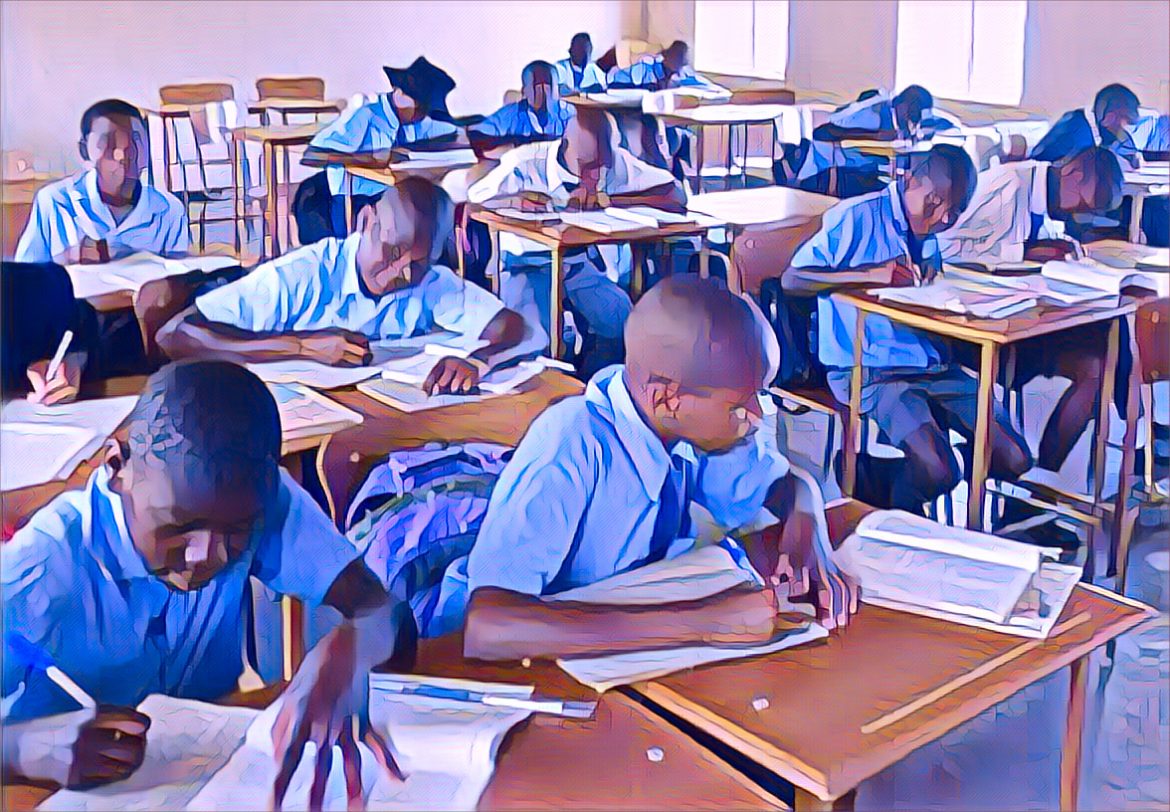KEY POINTS
- Zimbabwe achieves a 92% primary school enrollment rate, demonstrating its commitment to universal education access.
- Challenges include brain drain, outdated curriculum, and inadequate infrastructure in rural schools.
- Investment in teacher training and curriculum reform is critical for addressing skills gaps and fostering economic growth.
Zimbabwe’s education system is often hailed as one of the most advanced in Africa, with its high literacy rates and a strong emphasis on universal access to education (UNESCO).
Over the decades, education has played a pivotal role in the country’s socio-economic development, fostering a skilled labor force and promoting social mobility.
However, Zimbabwe’s education system also faces significant challenges that hinder its ability to fully meet the demands of a rapidly evolving global economy (ERIC, 2005).
Let’s explore both the achievements and the critical reforms needed to sustain and enhance the quality of education in Zimbabwe.
By examining its progress, current hurdles, and opportunities for improvement, we seek to shed light on how Zimbabwe can leverage education as a cornerstone of national development.
Achievements
- Increased access to education
Zimbabwe has made remarkable progress in increasing access to education, particularly at the primary level. With a net enrollment rate of 92 percent for primary education, the country has prioritized universal education, ensuring that most children have access to schooling.This achievement is rooted in post-independence policies that emphasized education as a right for all citizens. Programs such as tuition-free primary education and the construction of schools in rural areas have contributed significantly to this success.
Additionally, the introduction of Early Childhood Development (ECD) programs has enhanced access for younger learners, ensuring a strong foundation for lifelong learning. Despite these gains, there is a pressing need to sustain access and expand it at the secondary and tertiary levels to address the growing population of school-age children. - Improved literacy rates
Zimbabwe boasts one of the highest literacy rates in Africa, currently standing at 90 percent. This achievement reflects the country’s long-standing commitment to education as a national priority.Adult literacy programs and a focus on gender equity in education have significantly reduced disparities, enabling more individuals to participate meaningfully in economic and social activities.
The literacy rate is not just a measure of academic success but a testament to the resilience of Zimbabwe’s education sector, even amid economic challenges.
- Investments in infrastructure
Significant investments in infrastructure have enhanced the learning environment across the country. From building new schools to renovating existing ones, these efforts have improved access and ensured that more children learn in conducive settings.Notable initiatives include the establishment of satellite schools in remote areas and the introduction of mobile classrooms to serve nomadic communities. These investments underline the government’s commitment to education, despite fiscal constraints.
Challenges and needed reforms
- Funding constraints
One of the most pressing challenges facing Zimbabwe’s education system is inadequate funding. Despite allocating 25 percent of its national budget to education in 2020, much of these funds are consumed by recurrent expenditures, such as teacher salaries, leaving little for infrastructure, learning materials, and innovation. The funding gap is particularly stark in rural schools, where shortages of textbooks, desks, and basic amenities hinder effective teaching and learning. - Brain drain
The education sector has been significantly affected by brain drain, with many qualified teachers leaving Zimbabwe in search of better opportunities abroad. This has resulted in a shortage of experienced educators, particularly in critical subjects such as mathematics and science. Retaining talent within the country will require addressing low salaries, poor working conditions, and limited career development opportunities for teachers. - Curriculum reform
While Zimbabwe’s education system has achieved much, its curriculum remains largely outdated. The current framework often prioritizes rote learning over critical thinking and innovation, leaving students ill-prepared for the demands of a modern job market. Reforms are needed to integrate technology, entrepreneurship, and soft skills into the curriculum to equip learners with the tools necessary for global competitiveness.~ - Infrastructure challenges
Despite progress, infrastructure deficits persist. Many schools lack essential facilities such as toilets, clean water, and electricity. These deficiencies disproportionately affect rural areas, where learners often travel long distances to access basic education. Bridging this gap will require targeted investments and partnerships with the private sector to improve conditions.
Examples
- Rural success stories
In Mashonaland Central Province, a rural school benefited from a government initiative to renovate its classrooms and provide solar panels. As a result, the school’s performance in national exams improved significantly, with pass rates doubling over three years. This demonstrates the potential of infrastructure investment to transform educational outcomes. - Impact of brain drain
A former Zimbabwean teacher, now working in South Africa, highlights the challenges faced at home—low salaries, overcrowded classrooms, and lack of resources. Her story underscores the urgent need for policies to retain talent and improve working conditions for educators.
Opportunities for reform
- Increased investment in education
Addressing funding constraints will require innovative financing mechanisms, such as public-private partnerships and international donor support. Prioritizing capital expenditure on modern classrooms, libraries, and laboratories can create a more dynamic learning environment. - Curriculum modernization
Reforming the curriculum to include digital literacy, STEM subjects, and vocational training can prepare students for diverse career paths. Introducing competency-based education will foster creativity, problem-solving, and adaptability. - Teacher training and development
Investing in continuous professional development for teachers can enhance instructional quality. Offering competitive salaries and incentives for rural postings will help attract and retain talent, ensuring equitable access to quality education nationwide.
Zimbabwe’s education system stands as a beacon of resilience and achievement, with high literacy rates and broad access to schooling.
However, significant challenges, including funding shortfalls, brain drain, and an outdated curriculum, threaten to undermine progress.
By embracing comprehensive reforms and strategic investments, Zimbabwe can unlock the full potential of its education system, laying a foundation for sustained national growth and prosperity.


